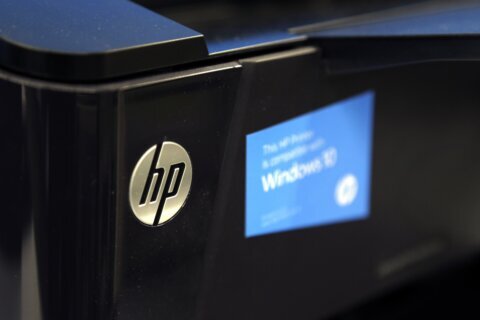Q: I heard that Windows 11 is coming, but I thought Windows 10 was supposed to be the last version from Microsoft.
A: It may seem like Windows 10 isn’t that old, but believe or not, it’s almost six years old. That’s one of the longest stretches that Microsoft has gone between major operating system upgrades.
Just prior to the launch of Windows 10, a Microsoft developer evangelist speaking at a conference proclaimed that Windows 10 would be the last version of Windows, but it appears that things have changed.
A leaked version of Windows 11 has been circulating the internet for the past couple of weeks that led to an official announcement on June 24.
Why the change of heart?
There are a variety of influences that likely played a role in this change of direction, including the dramatic increase of new PC sales during the pandemic.
We also became so much more reliant on our computers and were forced to use them in new ways during the pandemic.
Virtual meetings and working remotely caused many users to adopt new behaviors that Microsoft identified as an opportunity to improve Windows.
The company is also responding to competitive operating systems from Apple and Google — both of which are newer — that are slowly grabbing market share away from Microsoft.
Chromebooks outsold Macs in 2020 for the first time, cutting into Windows’ dominate position.
Windows still holds a market share of just over 80%, so the opportunity to leverage the installed base of users with a new version that addresses the sea change in how we use our computers is timely.
What’s new in Windows 11?
One of the most obvious updates will be the inclusion of “Teams,” which is Microsoft’s collaboration communication platform.
The popularity of Zoom, Google Meet and Apple’s upcoming change to Facetime, which will allow Windows and Android devices to participate, signal the race by all of the tech giants to become the go-to video conferencing interface.
Windows 11 will come pre-loaded with Teams in the Taskbar instead of Skype.
It appears Microsoft will de-clutter the start menu by getting rid of the “live tiles” and move them to the bottom center of the screen, with the option to move them to the traditional bottom left corner.
Lots of other user-interface tweaks are in the works, along with touch and gesture widgets and a video display enhancement called Auto HDR that is popular with Xbox users.
Major updates will go from twice a year to once a year, which is welcome news for those who have experienced issues with past updates.
Here’s a full list of updates and requirements for using Windows 11 as well as a link to the PC Health Check app to see if your computer is compatible.
Release date and price
Microsoft will initially make it available on new PCs in the fall, along with free upgrades for Windows 10 users that will be rolled out in stages.
This will be an optional update as Windows 10 won’t be retired until October of 2025, so there will be plenty of time to see what issues arise from this next major change to Windows before you decide to upgrade.







